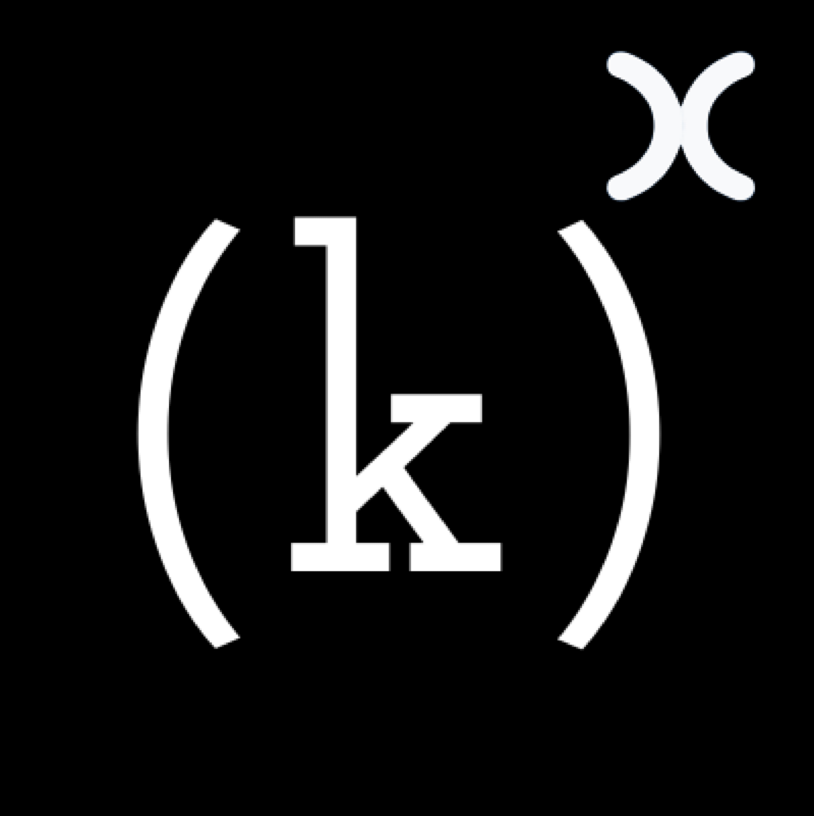The Interbank Price Delivery Algorithm (IPDA) is a concept suggesting that large institutions, central banks, and interbank systems collectively influence price delivery in the global markets. This influence occurs through algorithmic patterns that align with market movements, primarily to control liquidity and price distribution within specific parameters. For algorithmic traders, financial analysts, and market enthusiasts, IPDA offers a framework to understand the underlying mechanics driving price behavior on a macro level.
This article explores the core principles of IPDA, its role in price movement, and advanced equations to apply IPDA in market analysis. Understanding IPDA can offer valuable insights into market timing, liquidity points, and where price might seek equilibrium, providing traders with tools to align their strategies with institutional price flows.
What is the IPDA?
IPDA is often described as a hidden “algorithm” employed by institutions to manage price movements across global markets. Unlike simple market manipulation, IPDA operates on a structural level, guiding prices through carefully measured liquidity zones and “price delivery points.” These points are typically areas where price shows equilibrium (balance between buying and selling) or inefficiencies (sharp moves away from fair value) that institutions seek to correct.
The concept of IPDA suggests that price is delivered not arbitrarily but in a controlled manner, through a series of algorithms that respond to supply, demand, and liquidity needs. This often aligns with price returning to previously identified levels where liquidity was left unbalanced, known as “liquidity voids.”
Key Principles of IPDA in Market Behavior
- Liquidity Pools: IPDA theory posits that price is “delivered” to liquidity pools where there is high interest in either buying or selling. These are often seen as price levels where retail traders place stop losses or entry orders, making them attractive areas for institutional liquidity hunting.
- Market Inefficiencies and Fair Value: IPDA-driven markets will often fill in areas where price moved inefficiently (such as sharp spikes or gaps), seeking equilibrium or fair value. Price gravitates towards these inefficiencies, leading to predictable market behavior based on liquidity needs.
- Order Blocks: An order block is a price zone where significant institutional buying or selling occurs. Price tends to revisit these zones, and under IPDA theory, these areas act as reference points for future price delivery.
- Price and Time Theory: According to IPDA, price delivery also operates within specific time intervals, often reflecting trading sessions (e.g., London or New York). Price delivery varies within these windows as liquidity and trading volume fluctuate.
Advanced Equations of IPDA
- Liquidity Void Equation
- A liquidity void refers to a rapid price movement that leaves gaps, signaling an imbalance. Advanced IPDA algorithms often calculate where price may return to fill these voids.
- Equation: If price moves from Point A to Point B without significant volume, set a retracement threshold (e.g., 50%) where price may revisit the void area for equilibrium.
- Order Block Equation
- Order blocks represent areas of institutional buying or selling. In IPDA-based analysis, order blocks can act as a forecast for price return.
- Equation: Identify the high or low of an order block and calculate potential revisits based on Fibonacci levels (e.g., 0.618 or 1.618 extensions) to predict support or resistance.
- Equilibrium Price Formula
- Equilibrium refers to the price where buying and selling pressure is balanced. IPDA suggests that price is frequently delivered back to this level after significant moves.
- Equation: Calculate the midpoint of the most recent high-low range. Price often returns to this midpoint (50% level) as it seeks equilibrium.
- Time-Based Liquidity Delivery
- IPDA theory also includes time as a factor, suggesting that certain market hours have high-impact price delivery (e.g., during London open or New York close).
- Equation: Set time intervals based on specific session openings, and observe how price delivers to liquidity zones during these times. High-volume hours often coincide with price delivery to key levels.
- Price Delivery Algorithm for Trend Continuation
- For trend-following applications, IPDA suggests using price delivery as confirmation of trend continuation, with specific price levels indicating breakout or reversal points.
- Equation: Track price around key trend levels using average directional index (ADX) as a strength indicator; if ADX confirms strength while IPDA confirms price delivery to new highs/lows, continuation probability increases.
Practical IPDA Applications for Traders
- Liquidity Targets for Entries and Exits: By identifying potential liquidity pools (e.g., stop loss clusters), traders can time entries and exits as price delivers to these points.
- Applying Fibonacci with IPDA: Many traders combine IPDA levels with Fibonacci retracement and extension levels to confirm possible reversal points or continuation signals. By calculating IPDA-based liquidity zones alongside Fibonacci clusters, traders gain higher-probability entry points.
- Using Multiple Time Frames: Applying IPDA on multiple time frames, such as 15-minute, 1-hour, and daily charts, allows traders to see short-term price delivery in the context of long-term trends. This approach is especially helpful in spotting order blocks that align across time frames.
- Market Session Timing: By observing IPDA behavior around key market sessions, such as the London and New York opens, traders can anticipate high-liquidity moves that are likely to target pre-defined liquidity zones or fill inefficiencies.
Mastering the Art of IPDA in Market Analysis
IPDA provides traders with a unique perspective on price movements, focusing on the intentional nature of price delivery in institutional contexts. By understanding liquidity zones, fair value, and time-based delivery patterns, traders can develop strategies aligned with market flows. Whether used alone or in combination with technical indicators, IPDA enables traders to interpret the broader institutional influences on price, helping them make more informed trading decisions.

